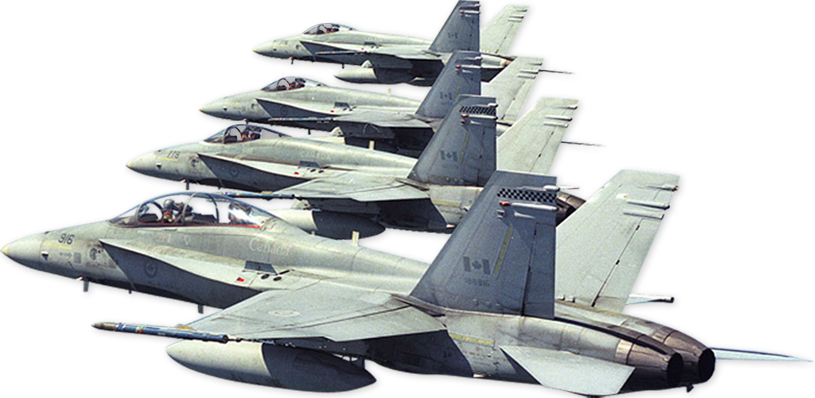THE FOURTH DIMENSION: The F-35 Program, Defence Procurement, and the Conservative Government, 2006-2015
Since 1997, the Government of Canada has engaged in a process to replace its tactical fighter fleet of 122 CF-18 Hornets, which were acquired in the 1980s. Much of that history has been intertwined with a single aircraft: Lockheed Martin’s F-35. The public discourse has largely been dominated by criticism of the selection process, as well as the aircraft’s capabilities, cost, and attendant industrial benefits.
Inside of government, a very different view emerged. The federal bureaucracy, initially led by the Department of National Defence worked to undertake a proper evaluation of the CF-18 replacement program. Far from being exorbitantly expensive or technologically defective, it discovered the F-35 was the best option for Canada and recommended a sole source selection in 2010. Program troubles in the United States, two deeply flawed oversight reports by the Parliamentary Budget Officer and the Office of the Auditor General, as well as a series of errors by the government resulted in a loss of support for the project. Consequently, a new assessment process was launched in 2013, known as the Seven-Point Plan. However, it too endorsed the sole-source selection of the F-35, which resulted in a series of culminating events leading up to the 2015 federal election.
This study is a history of these events. It is a story not of bureaucratic mismanagement or military bias, but one of civil-military relations and political dysfunction. The Liberal victory in the October 2015 election might have initiated a new phase of the CF-18 replacement program history. Yet the preceding several years should provide a number of lessons going forward. Few, if any, of the program’s fundamentals have changed. Many of the considerations that underpinned the original analysis are still valid. The current government would do well to take heed of what occurred before.








